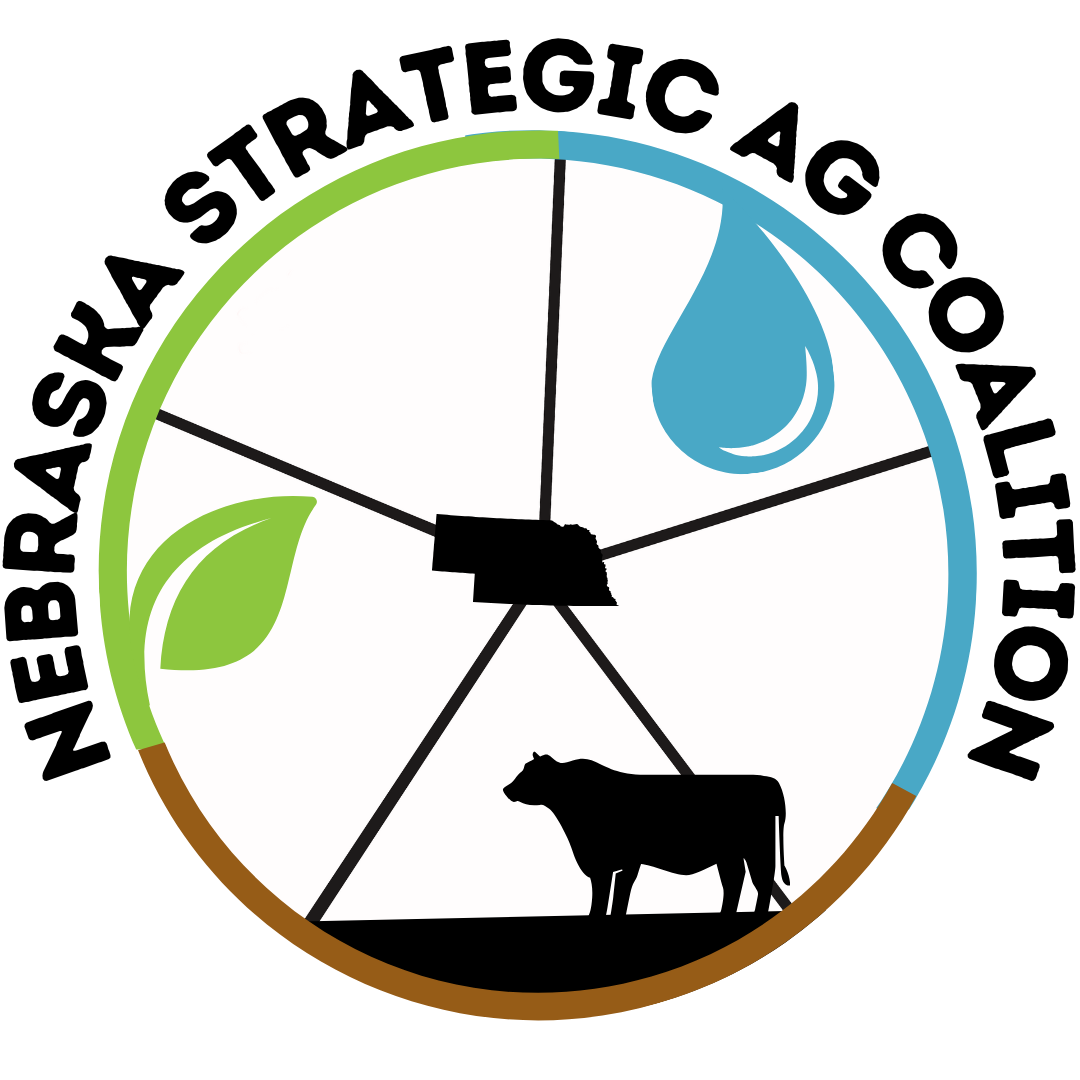CRP Continuous Sign-Up – Conservation Fact Sheet
USDA Farm Service Agency’s (FSA) Conservation Reserve Program (CRP) is a voluntary program that contracts with agricultural producers so that environmentally sensitive agricultural land is not farmed or ranched, but […]
CRP – Upland Bird Habitat – Conservation Fact Sheet
USDA Farm Service Agency’s (FSA) Conservation Reserve Program (CRP) is a voluntary program.
CRP – Conservation Fact Sheet
USDA Farm Service Agency’s (FSA) Conservation Reserve Program (CRP) is a voluntary program that contracts with agricultural producers so that environmentally sensitive agricultural land is not farmed or ranched, but […]
CP-9 Shallow Water Areas for Wildlife
Restoring shallow water areas provide habitat for waterfowl and other wildlife.
CP-4D Permanent Wildlife Habitat
Permanent wildlife habitat plantings provide critical cover, nesting and food resources to a vast range of bird and mammal species.
CP-4B Wildlife Habitat Corridors
Wildlife corridors are a resource for cover, nesting habitat, and food to a range of bird and mammal species.
CP-25 Rare and Declining Habitat
Rare and Declining Habitat restores and protects critically endangered and threatened habitat and ecosystems.
CP-12 Wildlife Food Plot
Food plots established to enhance other CRP practices provide lifesaving resources of food and shelter when wildlife need it most.
Corners for Wildlife
According to the Nebraska Rural Mail Carrier Survey, since 2000, ring-necked pheasants are down 58% statewide and northern bobwhite quail are down 36% statewide.
Continuous CRP CP42 Pollinator Habitat
More than 35 percent of crop production in the U.S. depends on pollination by animals.
Continuous CRP CP33 Habitat Buffers for Upland Birds or Quail Buffers
Northern Bobwhite have been declining by 3% annually throughout their range. The dramatic population decline of northern bobwhite quail over the last few decades has been cause for concern among […]
